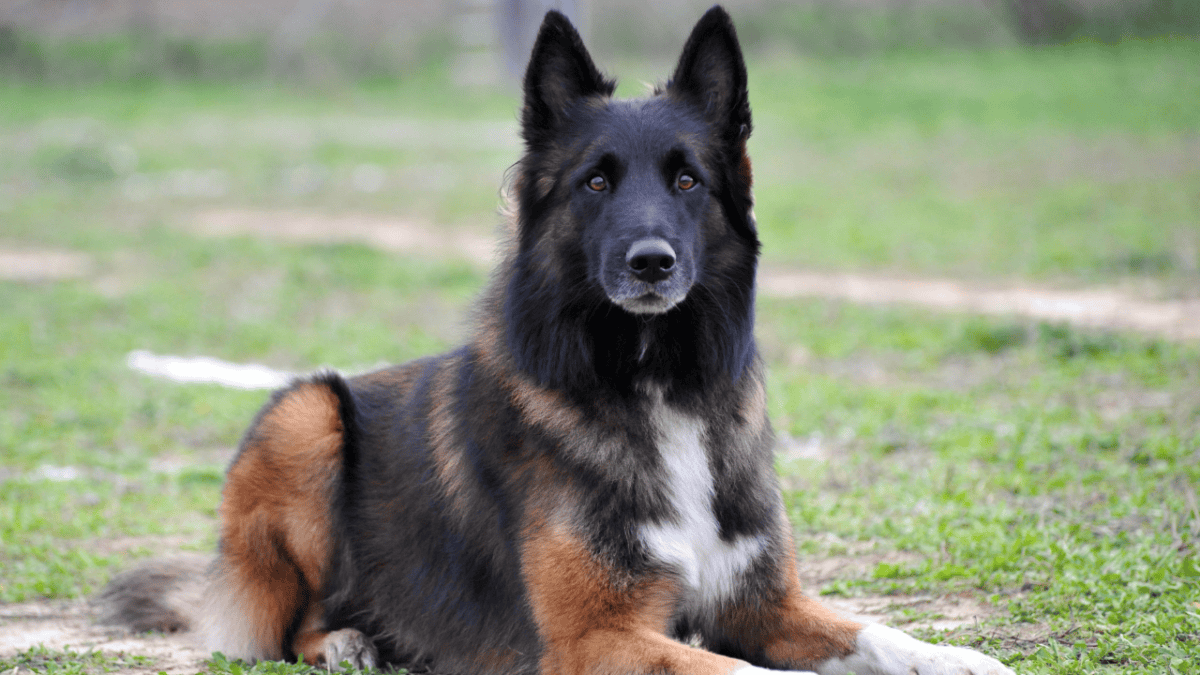Animals have long fascinated scientists and enthusiasts alike, not only for their diverse behaviors and vibrant interactions with the natural world but also for their remarkable intelligence. While humans often consider themselves the pinnacle of cognitive capability, we share this planet with creatures demonstrating awe-inspiring problem-solving skills, emotional depth, and social complexity. This article delves into 15 intriguing facts about animal intelligence, revealing the hidden genius inhabiting the animal kingdom.
Chimpanzees Use Tools and Teach Each Other

Chimpanzees, our closest living relatives, exhibit intelligence in many ways, but one of the most impressive is their use of tools. These primates have been observed fashioning sticks to fish for termites, using rocks to crack nuts, and even sharpening sticks for hunting small animals. What’s truly remarkable is their ability to learn from one another, passing down these tool-using skills to younger generations, a clear sign of cultural transmission.
Crows Are Master Problem Solvers
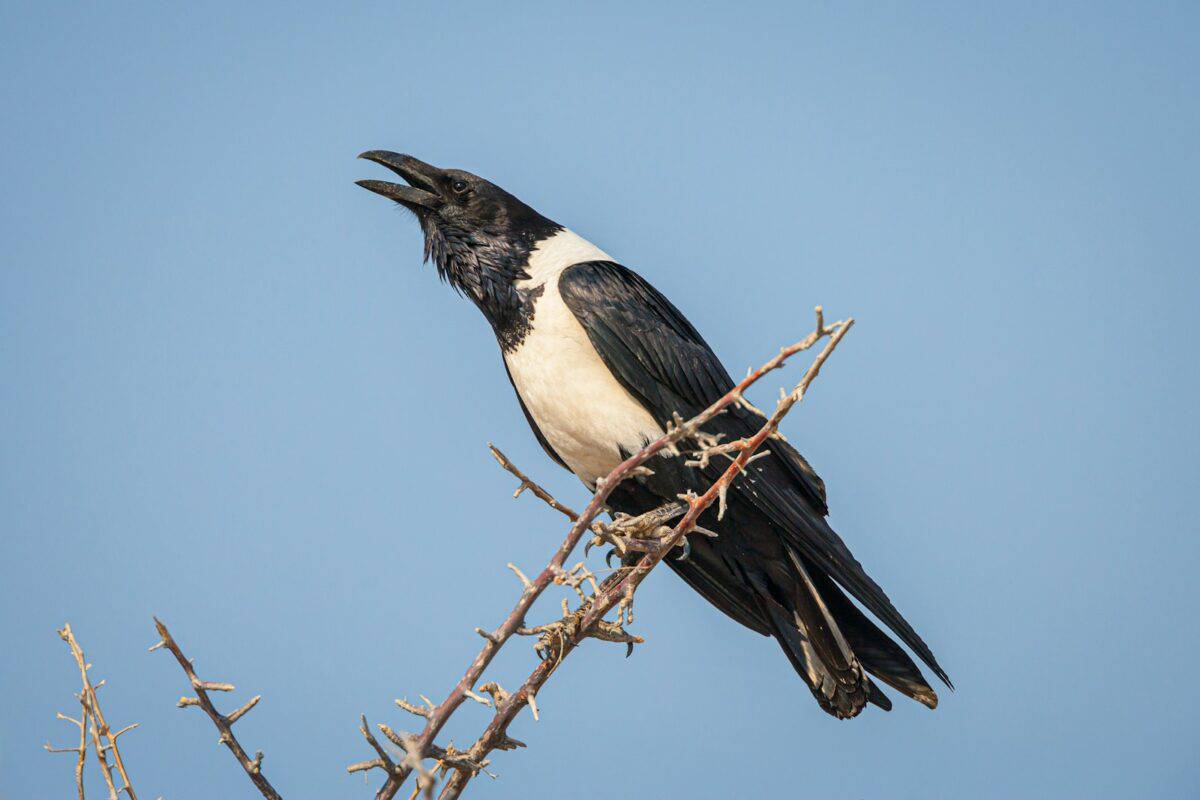
Often referred to as “feathered apes,” crows demonstrate exceptional problem-solving abilities. In experiments, crows have been observed bending wires into hooks to retrieve food from containers and solving complex puzzles that involve multiple steps. Their intelligence is comparable to that of a seven-year-old human, showcasing advanced understanding and reasoning.
Octopuses Show Incredible Adaptability
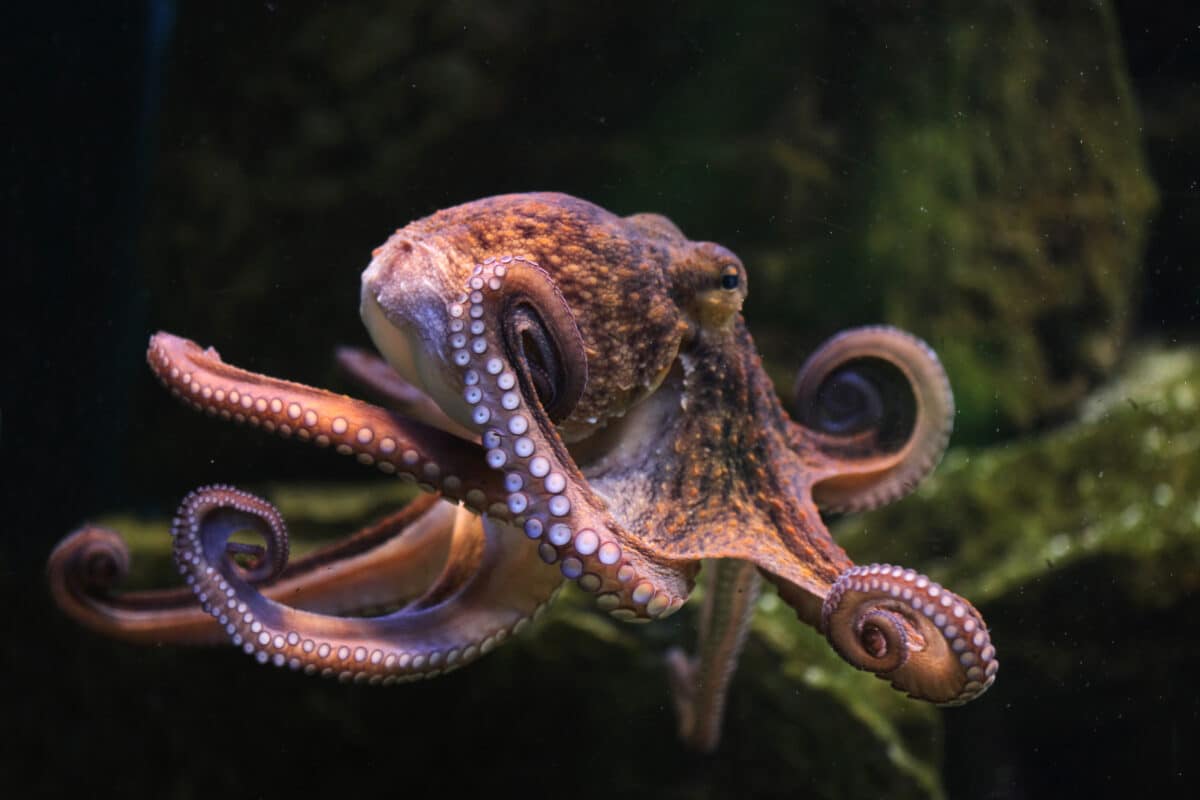
Octopuses are known for their problem-solving capabilities and adaptability. These cephalopods can navigate mazes, open jars to access food, and even escape from aquarium tanks. Their ability to learn from experience and manipulate their environment is a testament to their advanced neural architecture despite having a brain structure vastly different from that of vertebrates.
Dolphins Have Complex Social Structures
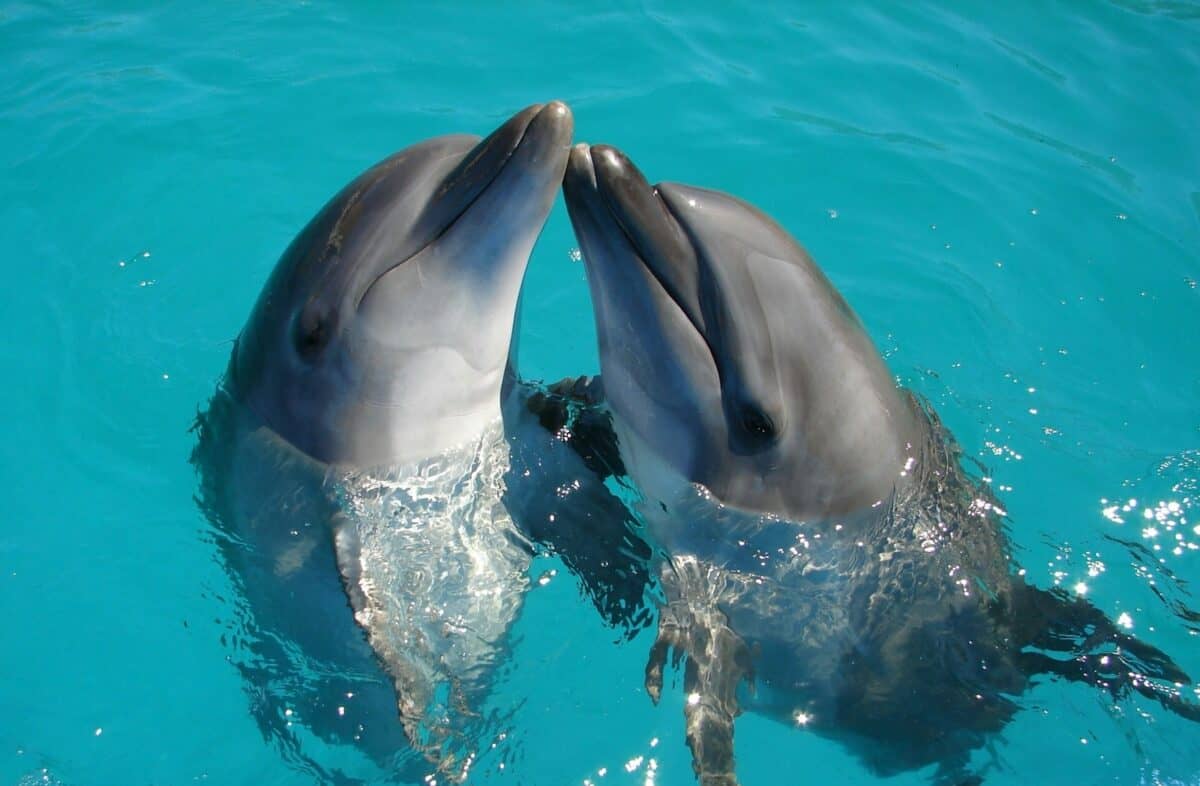
Dolphins are frequently celebrated for their intelligence, characterized by complex social behaviors and sophisticated communication systems. These marine mammals have been known to work together to herd fish, care for injured individuals, and even recognize themselves in mirrors – a sign of self-awareness. Their intricate social networks are indicative of their high cognitive abilities.
Elephants Exhibit Empathy and Mourning

Elephants have long been observed displaying behaviors that suggest deep emotional intelligence. They exhibit empathy by helping others in distress and have been seen mourning their dead, showing signs of grief and compassion. This remarkable level of emotional depth highlights elephants’ sophisticated cognitive processes and social intelligence.
Parrots Can Understand and Use Human Language
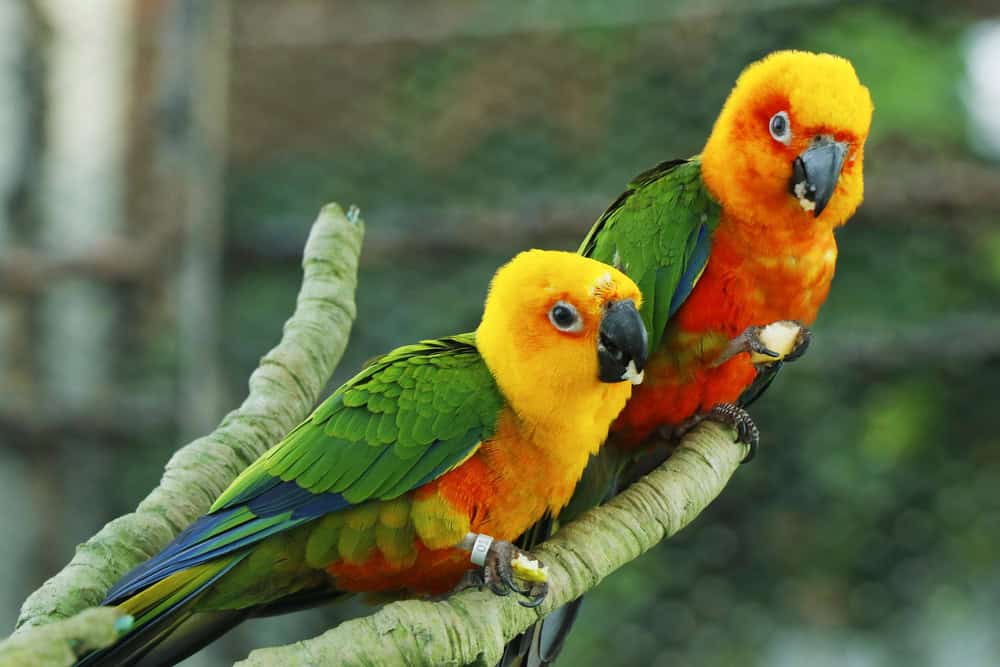
Parrots are not only capable of mimicking human speech but can also understand and use words in context. Studies on African Grey Parrots, like the famous Alex, have shown that these birds can identify objects, understand concepts such as color and shape, and even communicate preferences. This ability demonstrates an extraordinary level of vocal intelligence and learning capacity.
Rats Demonstrate Strategic Thinking

Rats are often used in scientific research due to their capacity for learning and memory. They can navigate complex mazes, recognize patterns, and even exhibit strategic thinking by weighing pros and cons in risk-reward scenarios. Their ability to make decisions based on past experiences and adapt to new environments highlights their impressive cognitive skills.
Pigeons Can Recognize Human Faces
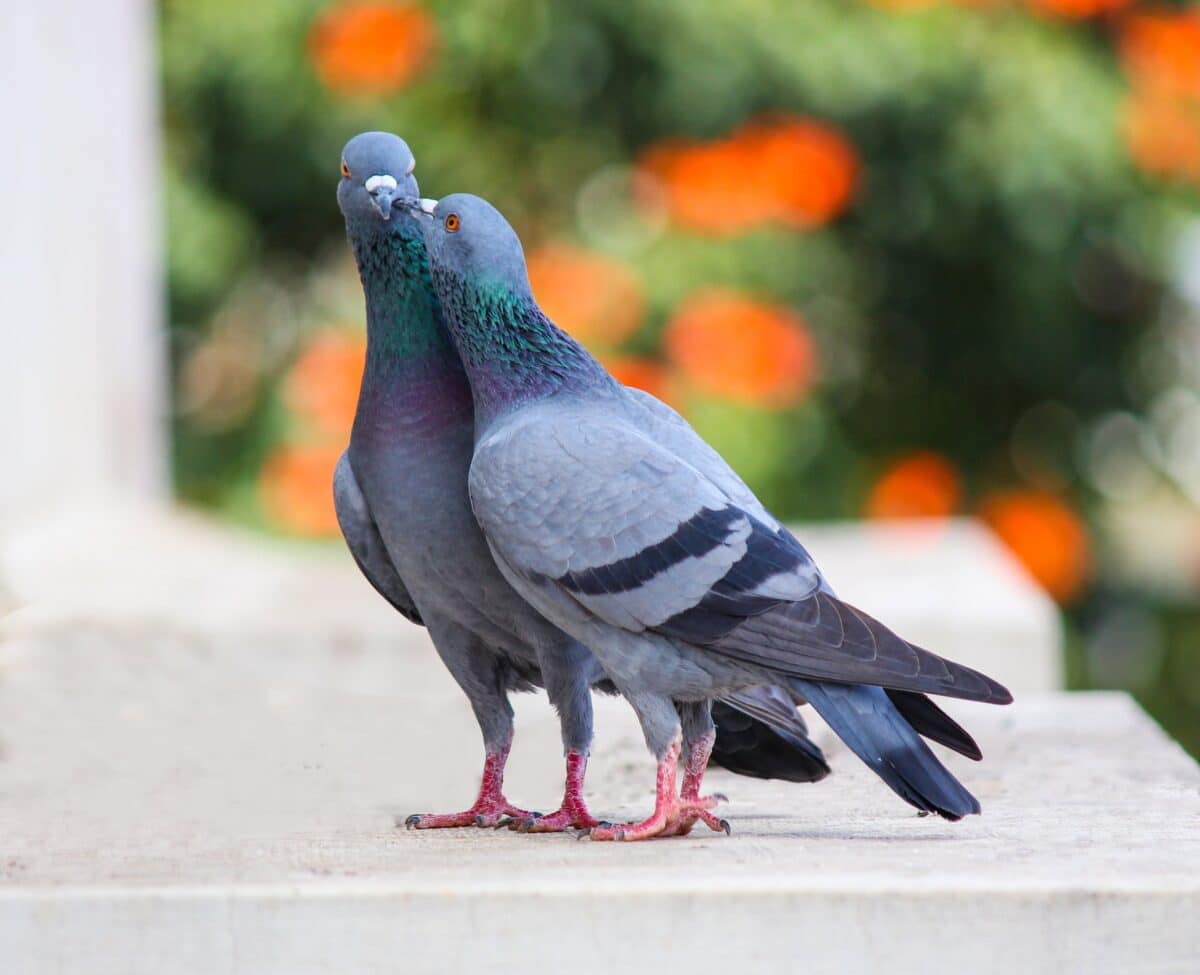
While often overlooked in discussions of animal intelligence, pigeons possess a surprising ability to recognize human faces. Studies have shown that they can differentiate between photographs of people, remembering and identifying those who have treated them well – or poorly. This ability showcases their capacity for visual memory and complex perception.
Bees Make Complex Navigational Decisions

Honeybees, integral to our ecosystems as pollinators, display extraordinary intelligence through their complex navigation and communication systems. Using a “waggle dance,” bees convey information about the location, distance, and direction of food sources to their hive mates. This intricate method of communication and spatial awareness is pivotal to their survival and showcases remarkable cognitive prowess.
Dogs Understand Human Emotions

Dogs, long considered “man’s best friend,” have evolved alongside humans, developing a keen ability to understand and respond to human emotions. Through vocal tone and body language, dogs can sense when their owners are sad, happy, or in danger, often providing comfort and assistance. Their empathy and social intelligence make them exceptional companions.
An Ant’s Cooperative Efficiency

Though tiny in size, ants exhibit extraordinary organizational skills and cooperative problem-solving. Working collectively, ants can move large objects, build complex underground networks, and efficiently manage resources. Their ability to act in unison and optimize efficiency illustrates a form of group intelligence that rivals more complex species.
Sea Lions Can Follow Logical Sequences

Sea lions have demonstrated the ability to understand basic logical sequences and concepts such as symmetry and order. In experiments, they’ve been able to follow sequences involving numbers or objects, showcasing cognitive skills akin to those of primates. This ability to process and apply logical patterns highlights their cognitive flexibility.
Pigs Are Highly Trainable and Socially Savvy
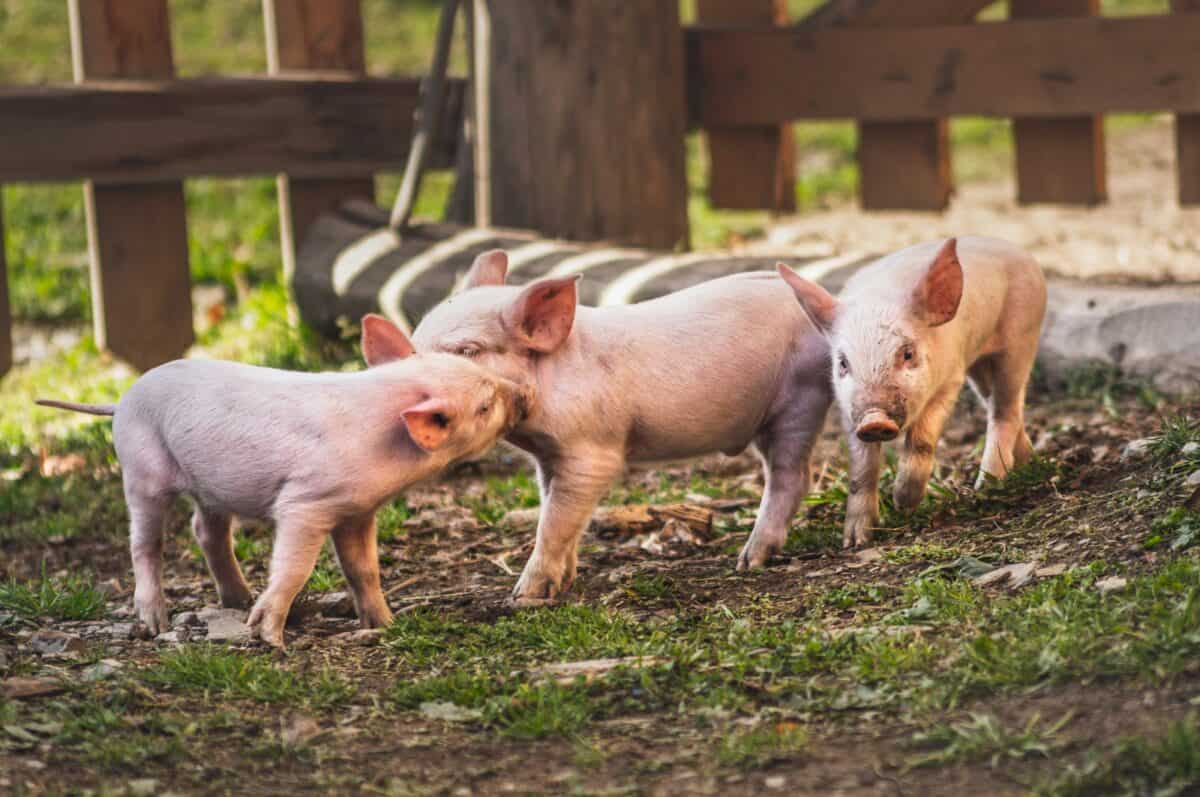
Pigs are often misunderstood, yet they possess significant intellectual abilities. They can be trained to perform tasks, navigate mazes, and even play video games designed for chimpanzees. Additionally, they exhibit complex social structures and communicate with a variety of vocalizations, revealing both social intelligence and adaptability.
Orangutans Plan for the Future
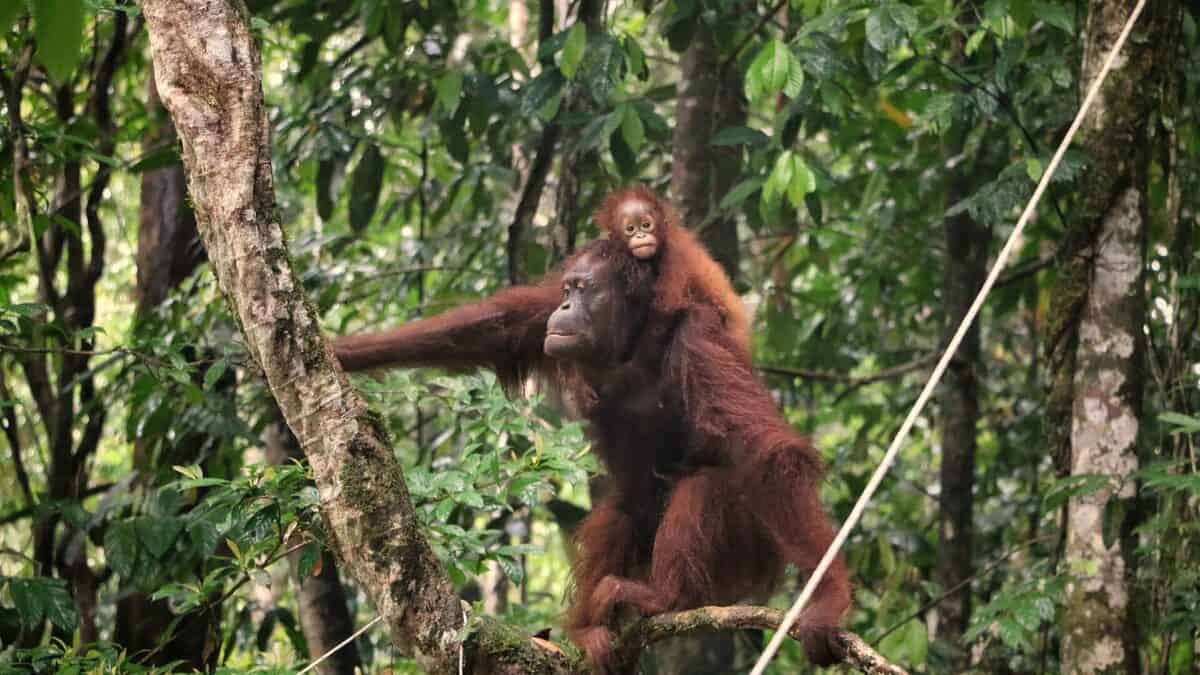
Orangutans, like other great apes, are known for their foresight and planning. In the wild, they have been seen crafting tools that they will use days later, indicating an ability to anticipate future needs. This aptitude for future planning suggests a level of cognitive sophistication that parallels human reasoning.
Ravens Demonstrate Strategic Deception
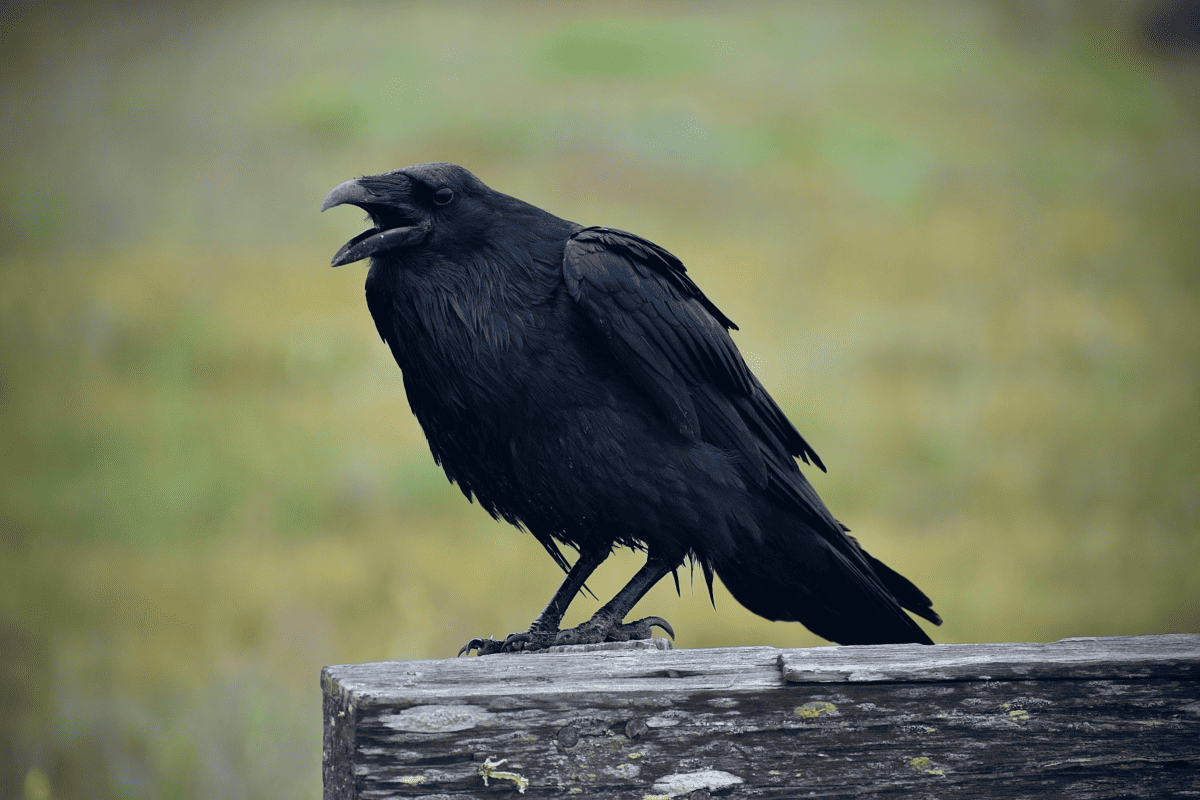
Ravens are not only intelligent problem-solvers but also skilled in the art of deception. They’ve been observed misleading others in food storage situations, pretending to hide food while actually storing it in a different location. This strategic deception shows a level of cunning and social intelligence that is both surprising and intriguing.
Conclusion:
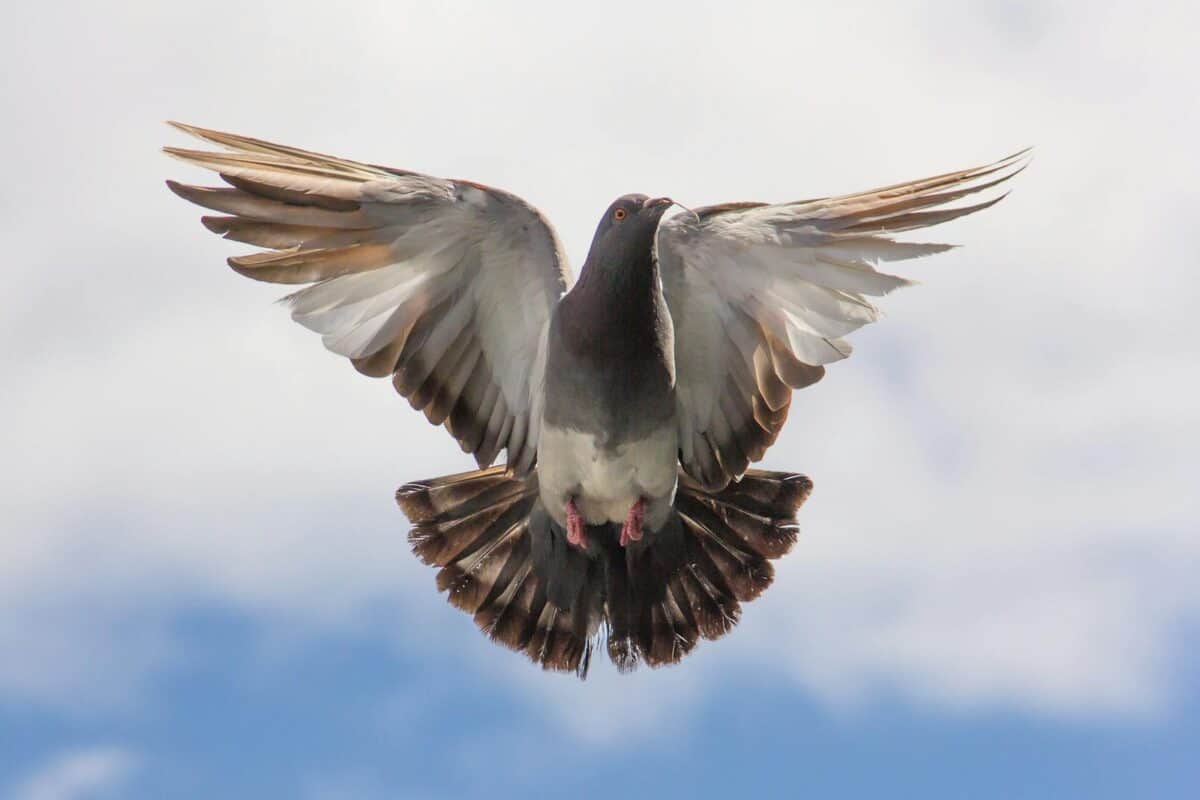
In conclusion, the animal kingdom is teeming with intelligence in various forms. From the intricate social lives of dolphins to the tool-using capabilities of chimpanzees, animals demonstrate cognitive abilities that rival our own in many ways. By understanding and appreciating the intelligence of other species, we not only learn more about the natural world but also gain insight into the essence of intelligence itself. As we continue to explore these fascinating creatures, they challenge our perceptions and expand our appreciation for the diverse and dynamic nature of intelligence.
- 8 Times Animals Helped Solve Crimes in the Most Unexpected Ways - August 20, 2025
- 10 Stunning Animals You Can See in the Great Barrier Reef - August 20, 2025
- 14 Loudest Birds in the U.S. - August 20, 2025

